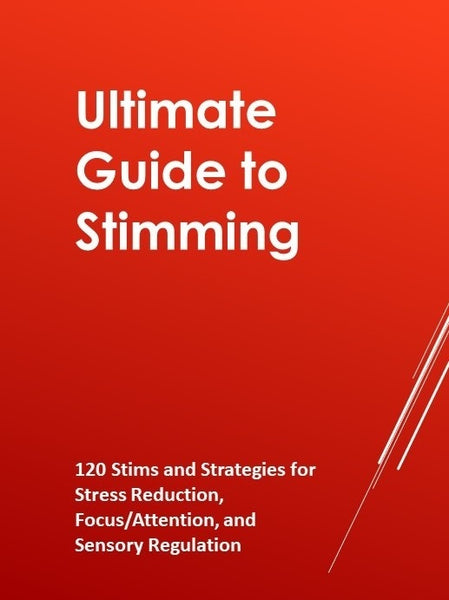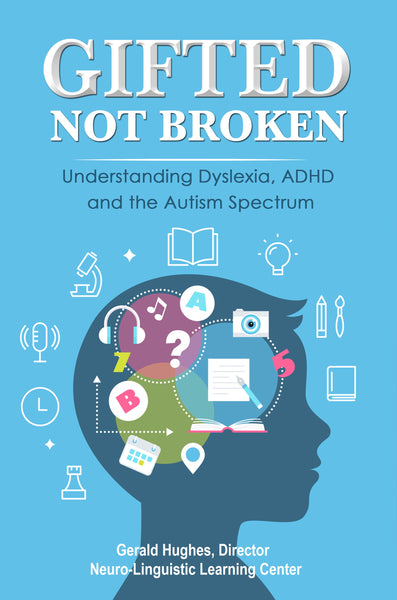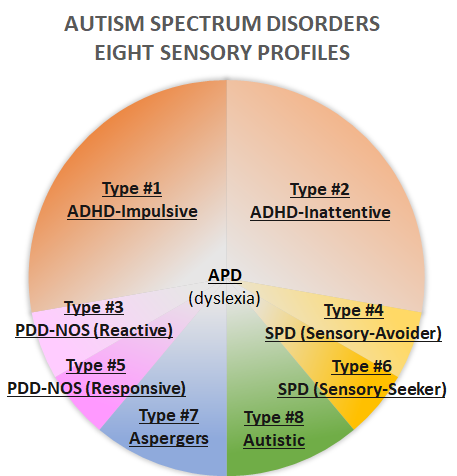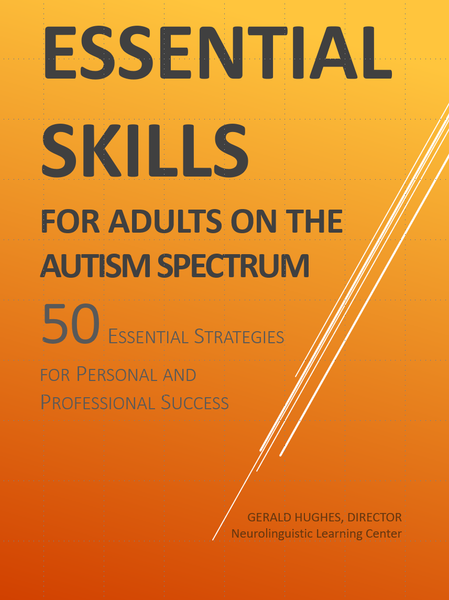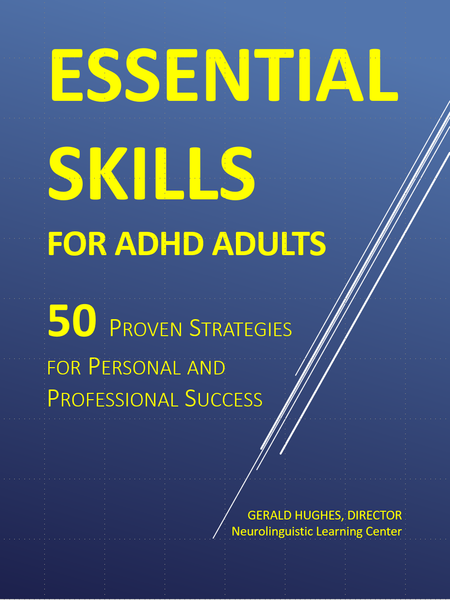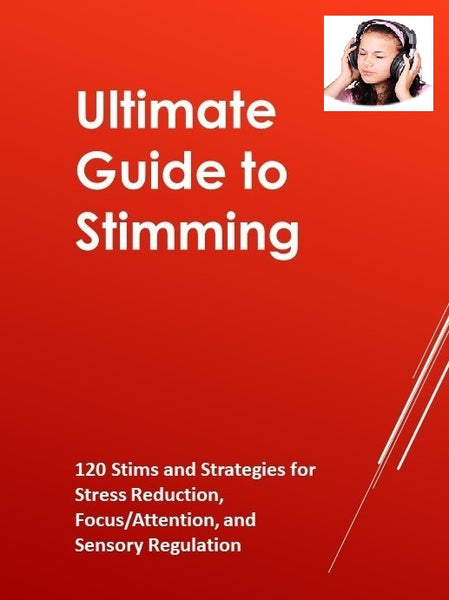Your cart is currently empty.
Waves—Not Spoons
101 Strategies for Managing Our Physical,
Emotional, and Social Energy
By Gerald Hughes
Copyright © 2019 Gerald Hughes. All Rights Reserved.
V1.2
The opinions expressed in this manuscript are solely the opinions of the author and do not represent the opinions or thoughts of the publisher. The author has represented and warranted full ownership and/or legal right to publish all the materials in this book.
This book may not be reproduced, transmitted, or stored in whole or in part by any means, including graphic, electronic, or mechanical without the express written consent of the publisher except in the case of brief quotations embodied in critical articles and reviews.
Waves—Not Spoons: 101 Strategies for Managing Our Physical, Emotional, and Social Energy is not intended to replace sound medical advice. Always consult a health professional regarding any physical, mental or emotional issues. This book was written for entertainment purposes and the reader agrees to indemnify and hold harmless the authors and our agents against any use of the information contained herein.
ISBN: 9781679120534
Photos by Unknown Author, licensed under CC BY-SA.
https://creativecommons.org/licenses/by-sa/3.0/legalcode
All rights reserved.
PRINTED IN THE UNITED STATES OF AMERICA
Table of Contents
Chapter 1: Understanding Waves. 1
Chapter 2: Understanding Ourselves. 4
- Dominant Brain Functions. 4
- Flow of Sensory Information. 5
- Dominant Feeling. 7
- Dominant Access. 10
- Dominant Consideration. 11
- Dominant Excitement. 13
- Dominant—NOT Exclusive. 14
Chapter 4: Physical Energy Waves. 20
Chapter 5: Emotional Energy Waves. 23
Chapter 6: Social Energy Waves. 28
Chapter 7: Relationship Waves. 31
Chapter 8: Communication Waves. 38
- Communication Styles. 39
- Visual Communication. 42
- Visual Listening. 42
- Visual Speaking. 43
- Greetings. 44
- Goodbyes. 45
- Smalltalk and Chit-Chat. 47
- Empathy and Rapport. 48
Chapter 10: Waves in the Classroom... 54
- Stress is the Enemy. 55
- Visual Learning State. 56
- Visual Reading/Listening. 58
- Seeing by Touch. 58
- Patterns and Context. 58
- Morning Routine. 59
- Afterschool/Homework Routine. 60
- Bedtime Routine. 61
Chapter 11: Waves on the Job. 63
Chapter 12: Group Event Waves. 67
Chapter 13: Public Speaking Waves. 69
Chapter 14: Project Management Waves. 72
Top-down Project Breakdown. 74
Chapter 16: Physical Energy Exercises. 81
- Breathing Energy Refresh. 82
- Get the Blood Flowing. 82
- Water, Water, Everywhere. 83
- Eat Healthy and Often. 83
- Physical Exercise. 85
- Guided Imagery. 86
- Massage. 86
- Acupuncture. 86
- Biofeedback. 87
Chapter 17: Emotional Energy Refresh. 88
- Expanded Awareness; Relax and Focus. 89
- Power Nap. 89
- Quick Disconnect. 89
- Juggling to Relax and Focus. 90
- Thumb Juggling. 92
- Relax and Focus App. 93
- Eye of the Storm... 94
- A Glass of Wine. 97
Chapter 18: Sensory Techniques. 99
- Sensory Doodle. 100
- Sensory Eyes. 100
- Sensory Hook up. 102
- Sensory Walking. 103
- Finger-Knitting. 104
- Finger-Weaving. 105
- Stimming. 106
Chapter 19: Establishing Rapport. 109
- Match & Mirror: Posture. 110
- Match & Mirror: Gestures. 110
- Match & Mirror: Breathing. 111
- Matching Language Patterns. 112
- Relax and Focus. 114
- Stress Reduction. 114
- Deep relaxation, Meditation. 114
- Higher Self-Esteem, Confidence. 114
- Improve Memory and Recall 114
- Improve Creativity. 114
- Sleep Now! 114
- Release Fear of Needles. 114
- Release Fear of Spiders. 114
- Stress Reduction. 114
- Release Social Anxiety. 114
- Migraines. 114
- Stop Smoking. 114
Appendix A: Additional Resources. 117
Appendix B: Additional Links. 119
Preface
Waves—Not Spoons is an exciting look at personal energy management that goes far beyond Spoon Theory and other previous energy management models.
Unlike the "spoons" analogy which implies a fixed amount of available energy, the Waves-Not Spoons analogy accommodates variations in the intensity and duration of energy needs and availability.
Waves-Not Spoons reminds us that following expenditures of energy (or Social Energy), we may require a period of rest or recovery regardless of how many spoons we have in the back.
Most importantly, the wave analogy goes beyond merely tracking the energy we’ve used. It provides insight into how we might proactively manage our available energy and even intervene at the appropriate times.
______________
No doubt many of are familiar with spoon theory as coined by Christine Miserandino in her 2003 essay entitled "The Spoon Theory".
The basic premise of her analogy was that for each day we all have a limited amount of energy available to us. And we can represent this energy as a certain number of spoons.
As you use up your energy, you take away a spoon. When your spoons are all used up, you're done for the day.
There’s no question that the Spoon Theory has brought new awareness to personal energy issues. It’s provided a useful model for many folks, especially those with chronic illness, in helping to manage their daily activities.
It was working with my own clients at the Neuro-linguistic Learning Center that I first came upon Ms. Miserandino’s Spoon Theory.
While I found the model interesting as a basic accommodation, it failed to provide an adequate foundation for the positive interventions we were implementing at the NLC.
It was in support of these interventions that I first began utilizing the analogy of Waves to help my clients better understand and address the important aspects of energy management. And to that end, I realized I preferred Waves—Not Spoons as my own energy analogy.
Introduction
It was Monday morning and Jeremy was NOT looking forward to this day.
He’d already had a long and busy weekend and his sleep had been restless. He was scheduled for two staff meetings and a presentation all in the same day.
After hitting the snooze button twice in the hopes of getting another 30 minutes of sleep, Jeremy was already stressed and running late.
He grabbed a bagel with cream cheese and a cup of coffee for breakfast and headed out the door.
Since he was running late, Jeremy knew he’d be hitting traffic on the way to work.
His mind was racing as he looked for openings in the flow of traffic and rehearsed various conversations where he explained why he was late.
Jeremy was convinced that several drivers looked at him ‘funny’ as he and they jockeyed for positions in the stop and go traffic.
By the time Jeremy arrived at work, he felt he had already used up at least one of his spoons for the day.
After dropping his papers and laptop on his desk, Jeremy went straight to the employee break room and grabbed a doughnut and a cup of coffee.
Jeremy returned to his desk to check his email and voicemail before the morning staff meeting.
Jeremy tried replying to one of the emails but was still unsettled from the drive in so he wound up saving the email as a draft and went to reviewing his presentation for last minute changed.
Through the entire staff meeting Jeremy was distracted and stressed about his upcoming presentation. Jeremy was certain he used up another spoon.
By all standards, Jeremy’s presentation went well. Most of the persons attending his presentation were completely unaware of Jeremy’s nervousness.
Yet, despite his success, Jeremy left the meeting unsure of himself and anticipating negative feedback.
Jeremy was not comfortable being the center of attention and by the end of the presentation, Jeremy was mentally exhausted. He was sure he’d used up at least 2 more of his spoons’ for the day.
Feeling like he had more to do than time to do it, Jeremy nervously ate lunch at his desk while replying to email and rehearsing what he and others would say at his next meeting.
Rather than coming back recharged by lunch, Jeremy felt more like he’d used up another spoon.
Jeremy’s second meeting went much like the first. Jeremy fidgeted with his pencil, paper, his chair, and coffee cup through the entire meeting. His attention wandered and he struggled to stay engaged—another spoon.
By the time, Jeremy arrived back home he was thoroughly exhausted. In his mind he had absolutely no spoons left for the day.
He collapsed in front of the television and spoke little to his wife and kids for the rest of the evening.


